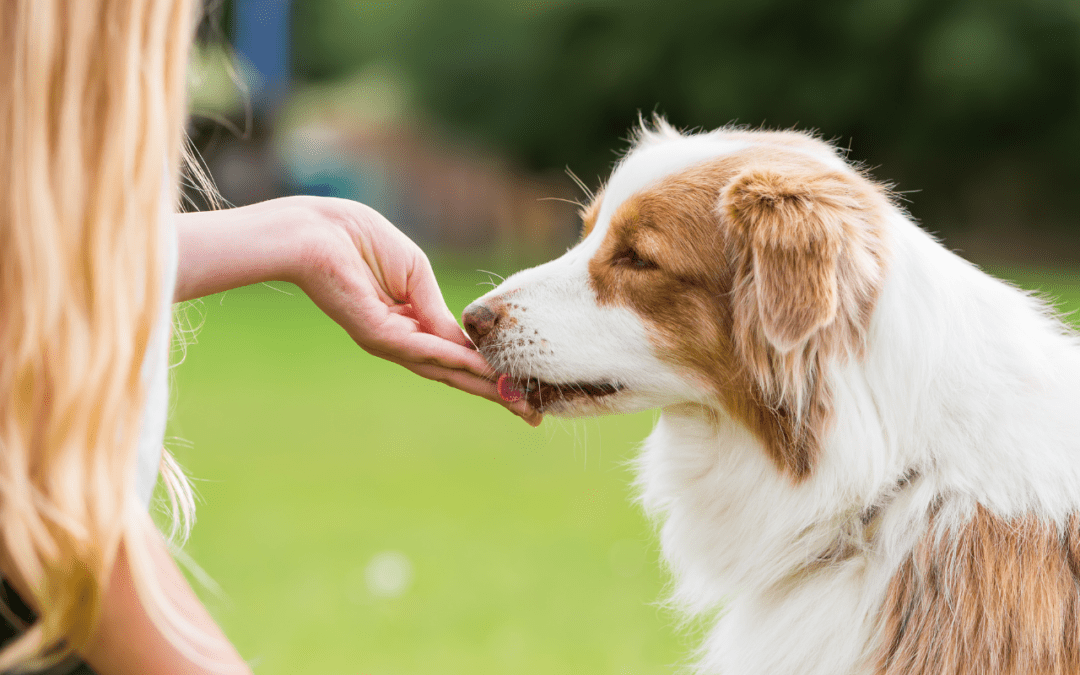According to the Oxford Dictionary, behavior modification means “The alteration of behavioral patterns through the use of such learning techniques as biofeedback and positive or negative reinforcement.”
This is a fancy way of saying that with behavioral modification we change the undesired behavior to a desired one. We change the way the dog thinks and perceives things by creating positive associations.
The actual steps for behavior modification aren’t hard but it takes time and patience. The brain is a muscle and needs to be built. If you work out one time, you won’t be able to enter a weightlifting contest the next day. You must build your muscles first and train before lifting maximum weight. The same is true for your dog’s brain, you can’t have one training session and the next day expect them to be perfect around their triggers. You must build a positive association and new learning around their triggers. Which can take weeks, months or years.
The most important aspect to any behavioral modification is to stop the rehearsal of the behavior the best you can. This way you are stopping the bad habit (the undesired behavior) while you build up the new habit (the desired behavior). A good way to think about it are choice tunnels. These are pathways of the different options you have in every situation. The more you rehearse a behavior the bigger the tunnel or pathway. This makes it the obvious choice when choosing how to react. So, we want to close that tunnel by stopping the rehearsal and grow the other tunnel/pathways with a desired behavior. To grow that tunnel takes a lot of time and patience.
Every dog is different and responds differently to training. There is no one size fits all behavioral plans. It’s best to contact a behaviorist or behavior consultant to come up with a personalized plan for you and your dog. The best trainers will train the humans and not the dog. After all, it doesn’t matter if I can get your dog to behave for me. It’s important for them to behave with you and you know how to handle your dog in certain situations. Empower you with knowledge for years to come.
Some trainers offer board and trains, your dog stays with them for a certain number of weeks and gets trained, which don’t’ work in most situations. The reason being, while your dog is trained, you are not and they will revert back to how the undesired behaviors. Before taking your dog home, you get a 1 hour go home lesson and that does not transfer all the knowledge you need to know to take over training.
So, what are your options for fixing your dog’s behavior? Private lessons are your best option to teach you and your dog. Group classes can be an option but not all dogs will do well in a group setting. This means you will have to be present and taking charge of your dog’s training. Even taking 2-10 minutes a day can make a big impact. Management is the key to successful behavioral modification.
If you have concerns about your dog’s behavior or would like to learn more, reach out to our behaviorist Kayla. She has a specialty in aggressive behaviors and reactivity but is also a nationally certified trainer.
Written by: Kayla Poisson CCDT, PDT, PDT-G, CTDI, CCFC, Elite FFCAT, MAT, KPA-CTP Member of APDT, PPG, LIMA Trainer, AKC Evaluator, Puppy Start Right Instructor

